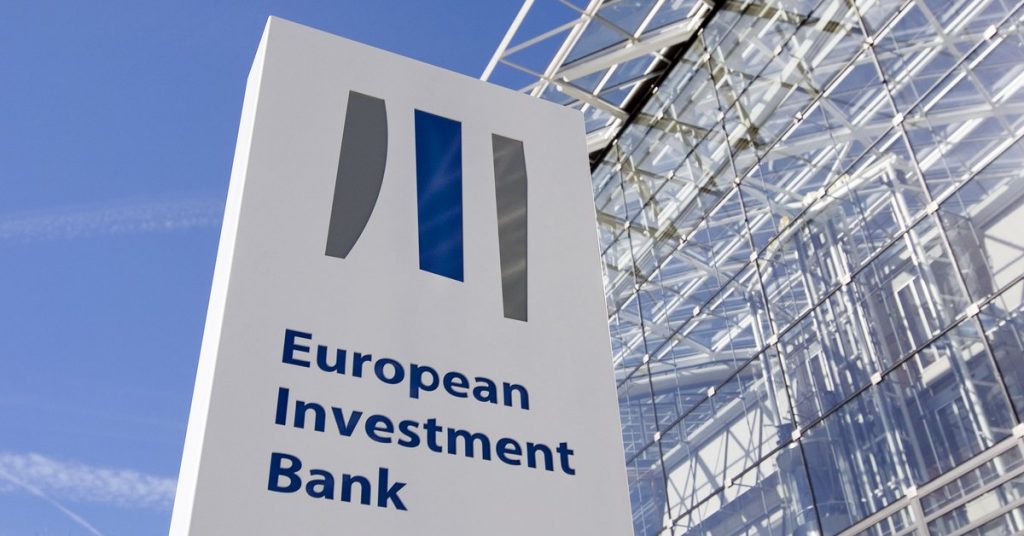What’s good for China is good for the EU as the Global Gateway tries to compete
The European Investment Bank (EIB) has a focus on sustainable connectivity in Central Asia and the transition towards a sustainable, climate-neutral growth model, according to statements made by the bank.
The EIB has developed a diverse and fast-growing portfolio in the region with around €1 billion in approved projects, including €863 million of already signed loans.
The bank has stated that: “On sustainable connectivity, the EIB will focus on operations related to the Trans-Caspian International Transport Route – the Middle Corridor – which are closely aligned with the European Global Gateway strategy and that are complementary to the substantial EIB support already provided on the East-West corridor in South Caucasus.”
According to the bank, the EIB has been actively supporting the European Union’s priorities in the region both in the public (58%) and private (42%) sectors as set out in the 2020 EU Strategy on Central Asia and more recently in line with the EU Global Gateway strategy. The Bank also co-finances with other financial institutions.
Meanwhile, the cooperation between the EIB and Central Asian countries is developing, commencing operations in Tajikistan in 2011. The bank is now involved in projects in Kyrgyzstan, Kazakhstan, Tajikistan, and Uzbekistan.
There is some way to go for the EU to compete with China in these countries. In Kazakhstan, China has already completed an estimated €4.5 billion worth of projects against a planned total Kazakh BRI investment of €21 billion, while in Kyrgyzstan, BRI projects amount to at least €2.2 billion in value. In Tajikistan the figure is about €1 billion and in Uzbekistan about €4 billion. Chinese project investments have typically also been green energy related such as wind farms, while road and rail infrastructure is also being built.
Source : Silk Road Briefing


